Rio de Janeiro is the “wonderful city” that hypnotizes with its vitality and rhtythm, but that wants to escape from the clichés and it will show it this year 2016 with the celebration of the Olympic Games.
The topics talk about a city of samba, football and beaches in its majestic sambadromes, Maracanã stadium or the Copacabana promenade, but the carioca city is much more.
In Rio 2016 more than 10,000 athletes from 206 National Olympic Committees are expected for a total of 42 sports, including for the first time rugby 7 and golf competitions and taking in four distinct areas of the city: Barra, Copacabana, Deodoro and Maracanã.
The city branding recreating in the Olympic Games 2016 tries conceptualize passion and the transformation of the city in a brand that has to represent unity and optimism.
Seeking to be original, the agency Tátil succeeded in uniting more than 40 professionals (planners, designers and editors) in the phase of a creative project that showed the collaborative effort of a team based on the values that were offered to the city.
In response to this primary brainstorming a “human” brand as a result of the fusion of different ethnicities, religions and generations was launched, which is the result of the carioca nature and Olympic spirit.
To demarcate this concept in the beauty of the urban landscape certain colors have been used in very concrete ways. Yellow symbolizes the sun and heat, blue for the water around us and green for forests and the hope that is the positive vision of this brand identity, contextualized in the shape of Sugarloaf Mountain, an image showing joy, celebration and friendship.
And there is not Olympic event without their mascots in this case are Vinicius and Tom, in honor of Brazilian musicians Vinicius de Moraes and Tom Jobim.
In order to improve Rio de Janeiro sustainability during the Olympic Games each of the operations carried out will be analyzed: works, volunteers, transport, food and drink, in order to minimize the impact of every visit that the city will receive.
An example that the organization sets is the case of Lagoa Rodrigo de Freitas, where water conditions were monitored every morning, in the area of competition as the surroundings, preventing leaks, ensuring the cleanliness and respecting the flora and fauna, including the protection of the famous “Quero-Quero,” the bird local landmark.
Another example of sustainable development is to adapt the facilities to the elderly, pregnant women, the disabled citizens or people with reduced mobility. It ensures that all sporting events are accessible on the premises, car parks and other demarcated areas. The goal, anyhow, is that with the completion of the Olympic Games, Rio can also enjoy a legacy adapted to everyone and a modern image change that an important city like this needed to be at the forefront of urban humanization.
On the other hand, to make civil society more inclusive in Rio de Janeiro Project, new topics have been opened participating the neighbors as transparency, accessibility, protection of children or urban mobility, for example. Among the major projects that will take place in 2016, we can highlight “Transforma” (education), “Sobre Rodas” (accessibility) or the “Green Passport” (environment) in which will involve, in addition to citizens and volunteers Municipal Olympic Company, the Civil House of Rio de Janeiro and the Ministry of Sports.
In short, Rio will lay on the table a set of social actions that go beyond a simple facelift of the city and represent a radical change of the urban environment: 80% reuse of material infrastructure, overall reduction of carbon emissions, recycling cooperatives.
And as we enter 2016 and times have changed, Rio de Janeiro wants to show the world that it is a tolerant, diverse and open city. In his role around diversity and inclusion, Rio 2016 goes beyond a simple statement of principles and also opens the door to dialogue to sectors affected by the exclusion in Brazil, focusing on teams in discussions of gender, LGBT rights or the integration of the Rio black population in the project.
But is it easy to implement a global project? We all know that the organization and execution of a mega-sporting event requires a unique logistical complexity and a great political coalition. A lot of urban development projects involving an increase in public investment often encounter strong opposition. In this case of Rio and other cities, it seems that the Olympic system legitimizes everything. However, this “everything’s fair” of Olympic cities is facing serious contradictions as to meet the demands of the city and its inhabitants.
This contradiction between local demand and the Olympic demand, which need not be contradictory, in emerging countries clashes as three crucial factors like easy availability of resources, the ambition to strengthen its international image and weakness in many cases of its own institutions to protect human rights and the environment.
In this particular área, Brazil, as an emerging economy, has had to create a special framework to facilitate decision-making and in this case the contracts between parties were more binding than the rule itself. For local governments as Rio they have also developed master plans to authorize the works to private actors themselves, something that had already been carried out in municipal preparations of this and other Brazilian cities to be delegated the 2014 FIFA World Cup.
In addition to these administrative matters, there is a greater scourge with which Latin America has to fight and Rio is no stranger. Until relatively recently the city had three murders a day and with the robberies did this Brazilian paradise, a place not recommended for tourism. Aware of this, the organization of the Olympics doubled the number of security forces with respect to London 2012.
Logically, security measures are a patch to a deeper problem that are social inequalities: not everything that is reported in the Western media tell the reality of Rio. Approximately more than 8,000 families living in the slums had to be withdrawn from their neighborhoods and settled in other areas to accommodate the Olympic project. The exile when is forced is not welcome and that is why many protests were held in the streets against a local government that benefits private interests rather than needs of the most vulnerable sectors of the population.
To this must be added the energy problems and schedule of the works to approximate date; they have not finished as the deadline the velodrome, the tennis center or the aquatic park.
Despite doubts about the success of this mega sports and cultural event, Rio de Janeiro will make an outstanding job, as other Olympic cities. Brazil was already in 2014 on the spotlight for the World Cup and finally was successful. The challenge is not that the Olympic and Paralympic Games are correct, but the city can capitalize in the short and the long term this huge investment.
The Brazilian economy is suffering and may increase its debt after the Games, but the qualitative value and urban identity of Rio de Janeiro will be strengthened and the following years will be the responsibility of the government to be a leader in the southern hemisphere with a profitable, secure and innovative urban brand.
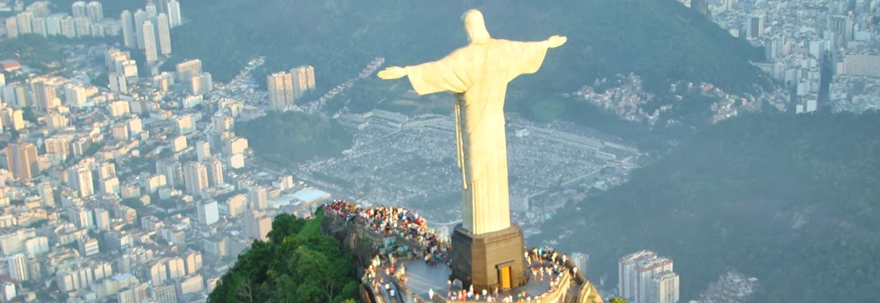
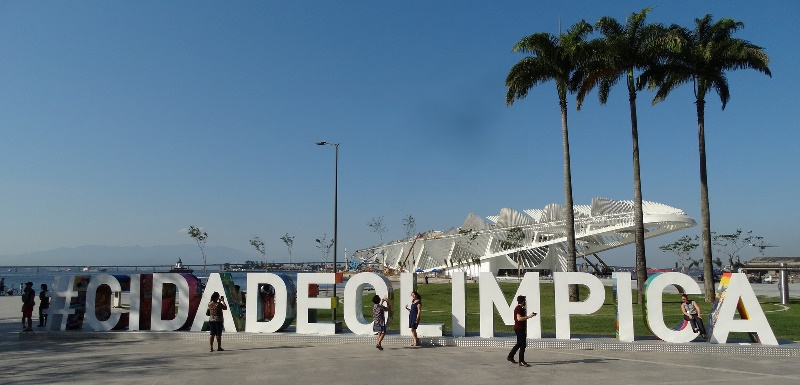
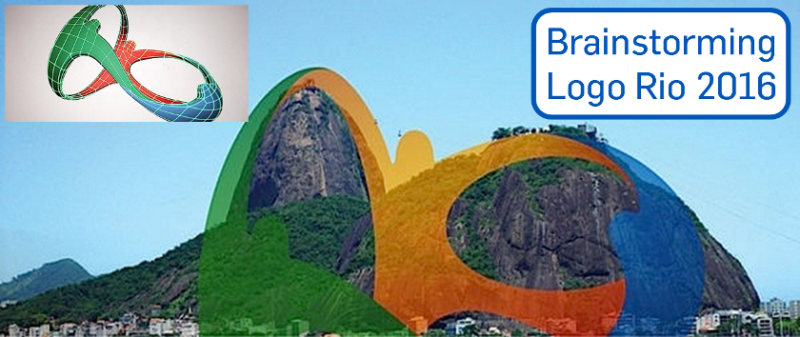
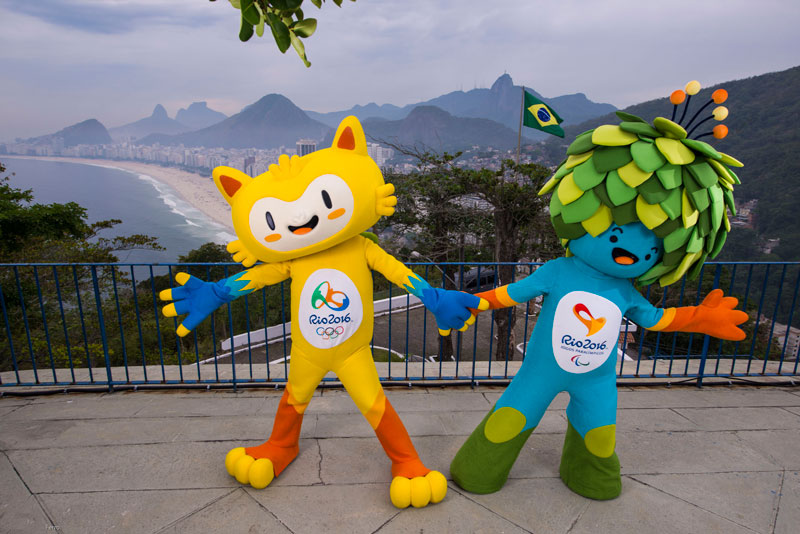
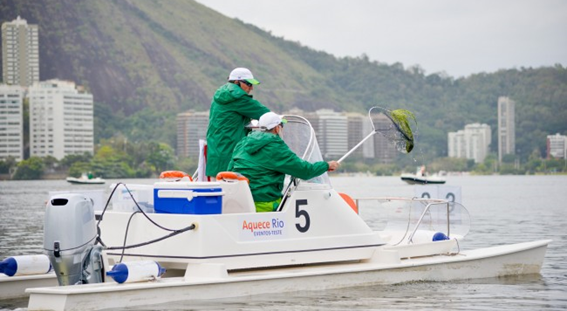
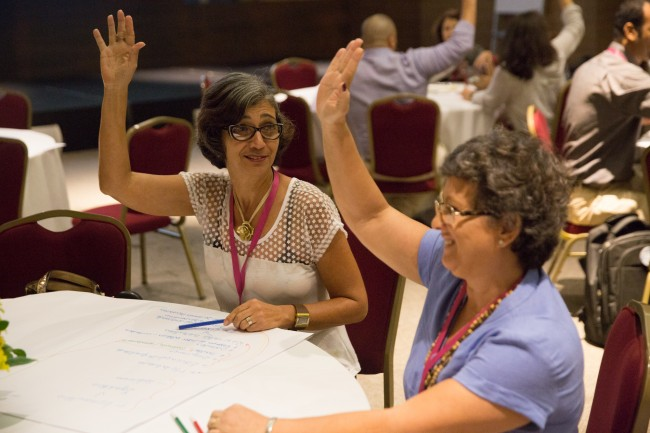
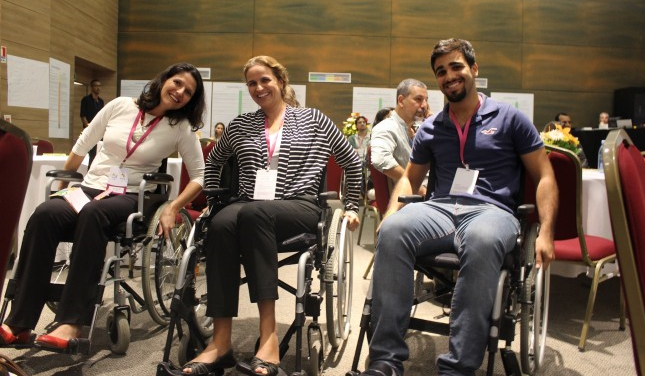
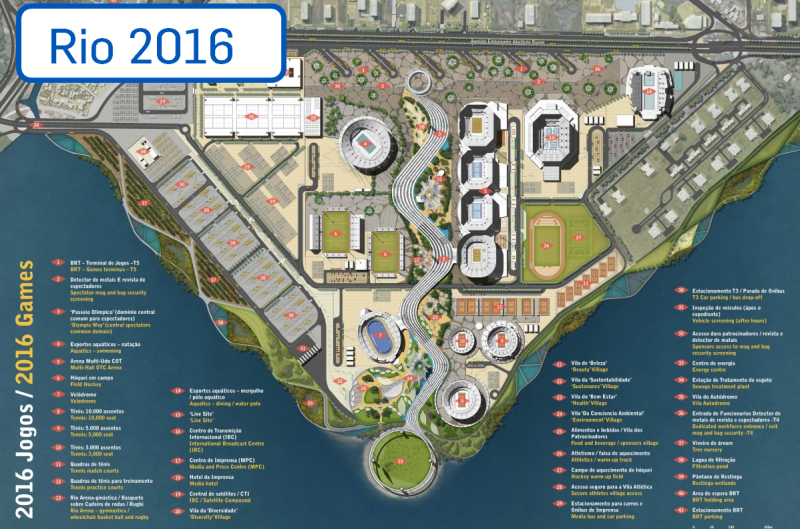
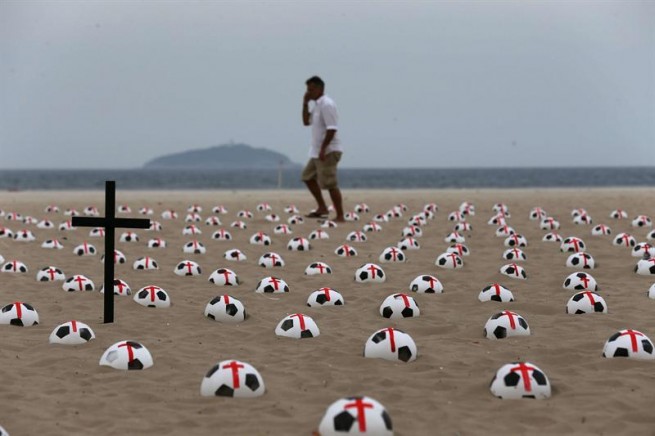
COMMENTS